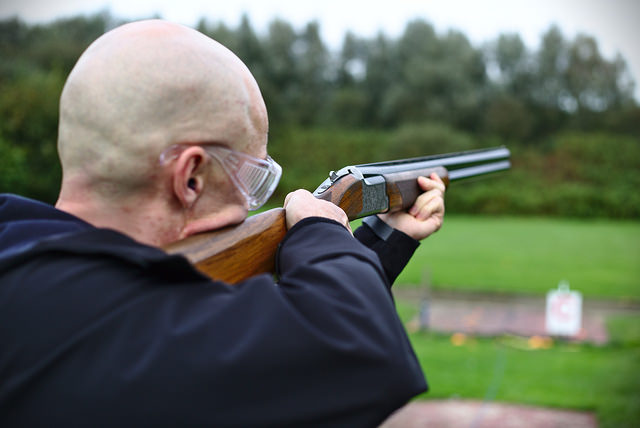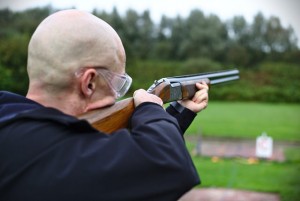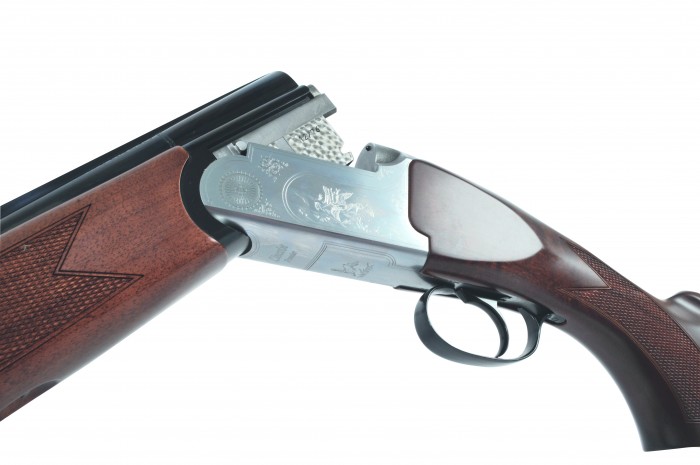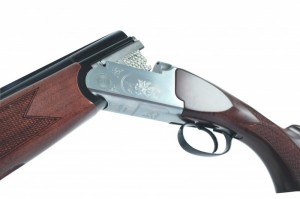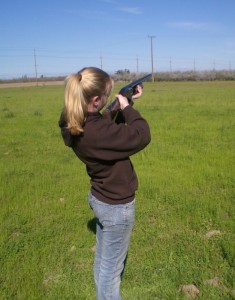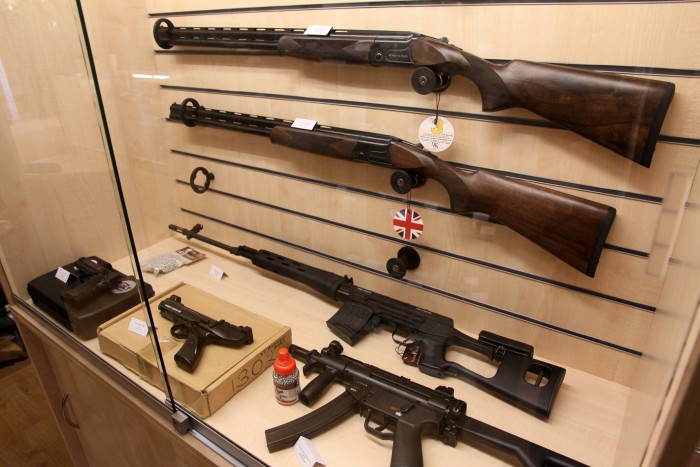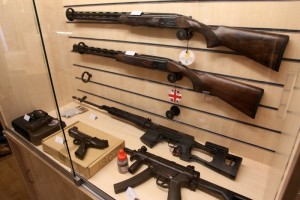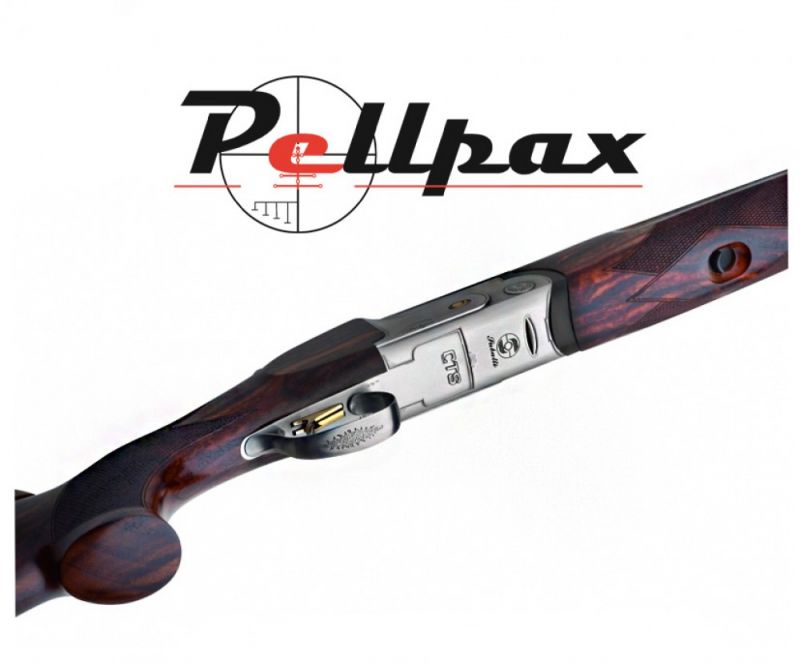
Now that you understand what you are looking for, the choice has to come down to which shotgun you are going to pick. Here are the thoughts of Steph Brooks on some particular shotguns for sale that may catch the eye of the seasoned pro looking for something special.
Sabatti CTS Trap
As the name suggests, this shotgun is one of the finest available when it comes to trap shooting and combines functionality with an Italian sense of style for a wonderful looking shotgun. Its Californian walnut stock is lacquer finished and its quality is instant and obvious. The stock is also brilliantly shaped and is comfortable to shoulder and hold and is well balanced enough to be nimble enough for quick, precision aiming.
It’s not all about looks, and thankfully this shotgun is less off a blonde bimbo that is after your money, and more a quiet brunette that shares your taste in music. The relationship between what I wanted this gun to do and what it did was exact and instant and this is largely down to its twin 30” monobloc barrels that double up with well timed ejectors to make the CTS Trap a real joy to shoot.
One negative is that the gold plated trigger is non adjustable and, although very well set in terms pull weight and position, it would be nice to have the option to set it up myself. The large trigger guard allows for easy shooting even whilst wearing the thickest of shooting gloves.
Testing against clays with ¾ and ½ chokes, the Sabatti CTS Trap is absolutely outstanding, with accurate, tight spreads and a smooth manoeuvrability that allows you to glide through your targets with ease.
Recommended for : Serious Trap & Skeet Shooters.
Remington Model 870 Wingmaster
When this shotgun was first manufactured in 1951 I doubt Remington knew what a monster the 870 would become. Selling over 10 million units and becoming the world’s best selling smoothbore, the 870 is probably one of the most versatile shotguns on the market today. One of the first thing that draws you towards this shotgun is its fantastic gloss black metalwork, deep and rich colouration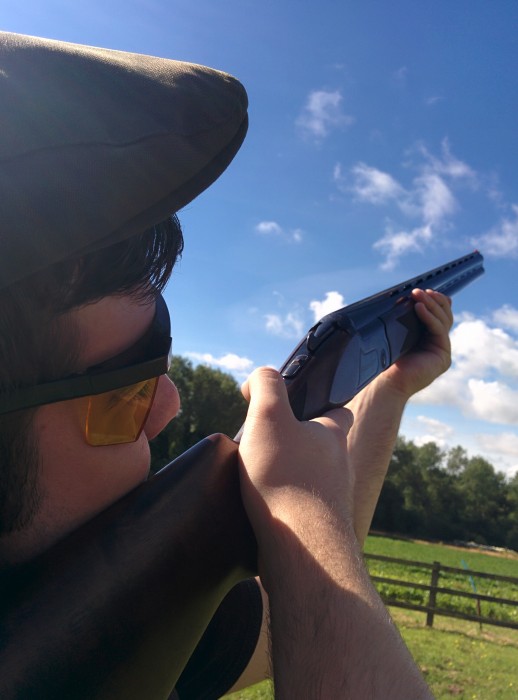 makes this shotgun appear almost mysterious in certain lights and its stock, while admittedly not as nice as the Sabatti’s, is still perfectly shaped and handles well.
makes this shotgun appear almost mysterious in certain lights and its stock, while admittedly not as nice as the Sabatti’s, is still perfectly shaped and handles well.
As one of the oldest and best selling shotguns available, the 870 has a large number of variants including the Premier, the Tournament, and the interestingly named “Ducks Unlimited”. The Americans even have one called the Home Defence model, which is unsurprisingly unavailable in the UK. The particular model we’re assessing is called the Wingmaster, and is perfectly suited for game hunting. Its long vented top rib increases accuracy, but keeps firing temperatures down for a long working life. The barrel is also proofed against steel shot, making it ideal for hunting water fowl.
The Remington Model 870 Wingmaster maybe an old school shotgun in terms of functionality and technology, but its design is yet to be surpassed. The fact that many modern shotguns, including some of Remington’s own range, are still based on this shotgun is testament to its staying power and its unfailing reliability.
Recommended for : Those looking for a reliable, tried and tested model.
F.A.I.R Iside Deluxe
Wow, one of the finest looking shotguns I have ever laid my eyes on, the Iside’s small bore, coupled with its detailed engravings make it look like an instrument of precision rather than a simple bird blaster.
Chambered in the somewhat unusual 28 gauge, it may be slightly more of challenge to find suitable cartridges for this gun, but this is more than made up for by the Iside’s light weight and nimbleness. This double barrel is the kind that could easily be carried in the crook of the arm all day without discomfort, and would be at home in any countryman’s gun cabinet.
Admittedly, this gun does lack the stopping power of a larger gauge shotgun, against driven partridge, or many other similar sized birds, the Iside really comes into its own. The Iside also produces far less recoil into the shoulder than a larger shotgun, and shooters of the Iside may find themselves staying on target long after other shooters have called it a day because of this.
Despite its old school appearance, the F.A.I.R Iside Deluxe comes with all the mod cons, a single trigger ejector, selective auto safety and capacity for screw in chokes. Things I wouldn’t necessarily expect from a traditional model like this. It’s a bit like buying a beautiful log cabin in the woods only to discover it has a giant flatscreen TV and fibre optic broadband.
Recommended for : Small Game Hunters that like to show off.
Mossberg 930 Semi Auto
Mossberg have undergone a Skoda-like transformation in recent years, going from being the butt of many a pheasant hunters comedy routine, to a serious provider of high quality, if a little basic, shotguns for sale.
Its synthetic stock, while well made, is nothing special to look at. I concede that this might just be down to my own personal bias, as synthetic stocks do nothing for me. However, it does handle well and provides great balance between the hands for easy aiming.
What the 930 Semi Auto lacks in the looks department, it more than makes up for when shooting and, I have to say, was one of the most enjoyable I have had the pleasure of using. Its semi automatic action was perfectly timed and its big, weighty body made you feel like you could take on any shot with ease. In fact, the 930 is perhaps one of the most versatile shotguns on this list and is available in both plain black or wildfowl camo, an insight into its versatility.
The only negative I can think of is that the Mossberg 030 Semi Auto’s size coupled with its weight and high power could lead to a tired shoulder pretty quickly, but I think you’ll be having too much fun to notice.
Recommended for : Shotgunners looking for a surprise.
Hopefully this has given you some insight into the wide variety shotguns for sale available to you. While you’re here why not check out our blog and for all things shotgun related, keep it locked in here at Pellpax.

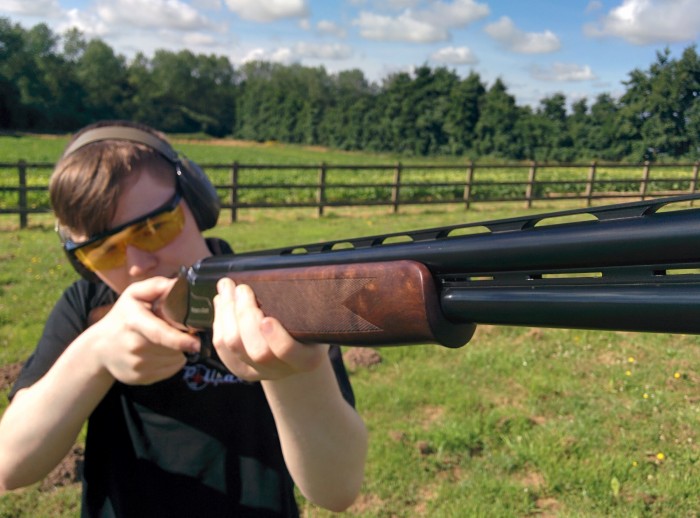
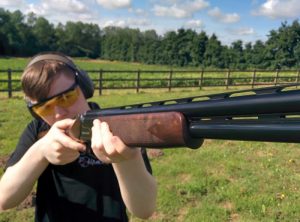
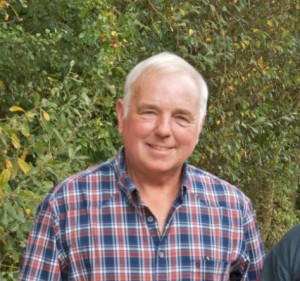
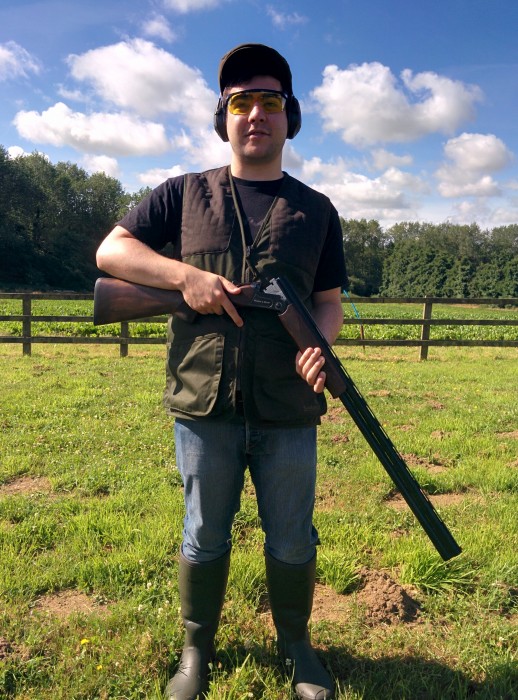
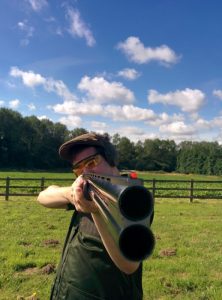
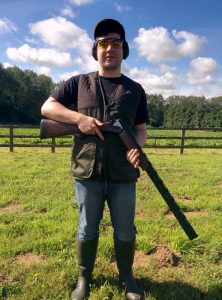
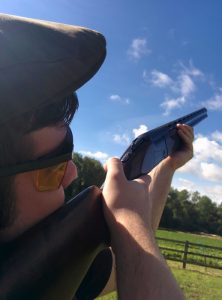
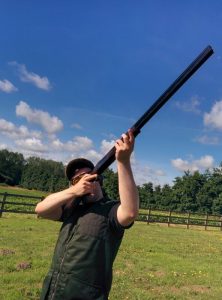





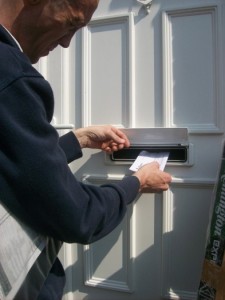
 Driving over Lambrigg Fell in Cumbria, Chris passes the Lambrigg Wind Farm (pictured), owned by RWE npower renewables (previously National Wind Power). The wind farm, opened in September 2000, comprises five turbines that produce enough pollution-free electricity to meet the average needs of around 2,500 UK homes.
Driving over Lambrigg Fell in Cumbria, Chris passes the Lambrigg Wind Farm (pictured), owned by RWE npower renewables (previously National Wind Power). The wind farm, opened in September 2000, comprises five turbines that produce enough pollution-free electricity to meet the average needs of around 2,500 UK homes.
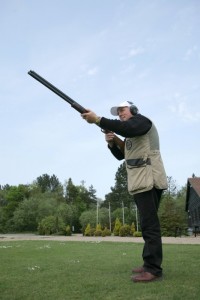 manufactured on site at High Lodge by experienced technicians and engineers. It’s supplied to shooting clubs and competitive events all over the world and is used in conjunction with an automatic counter system.
manufactured on site at High Lodge by experienced technicians and engineers. It’s supplied to shooting clubs and competitive events all over the world and is used in conjunction with an automatic counter system.